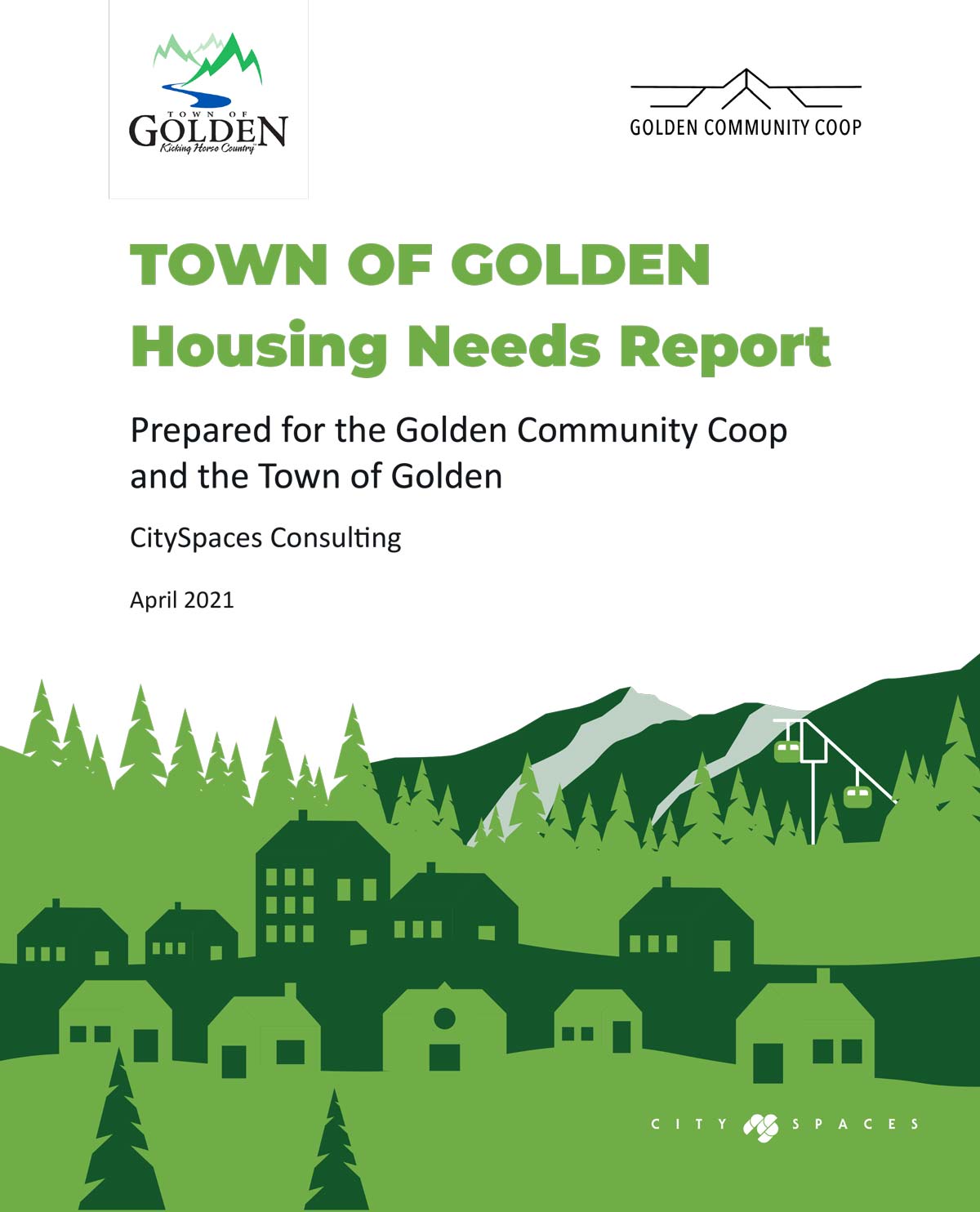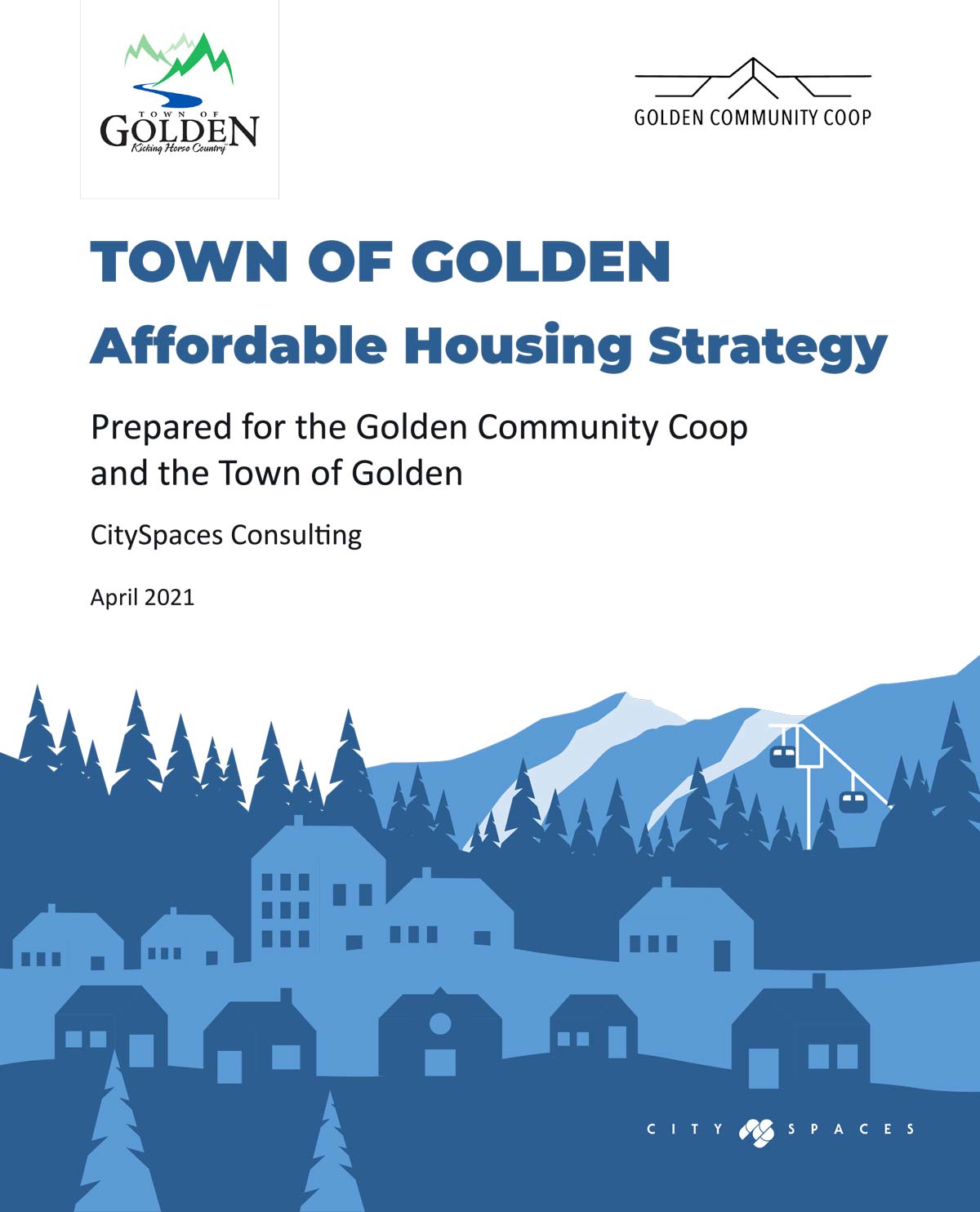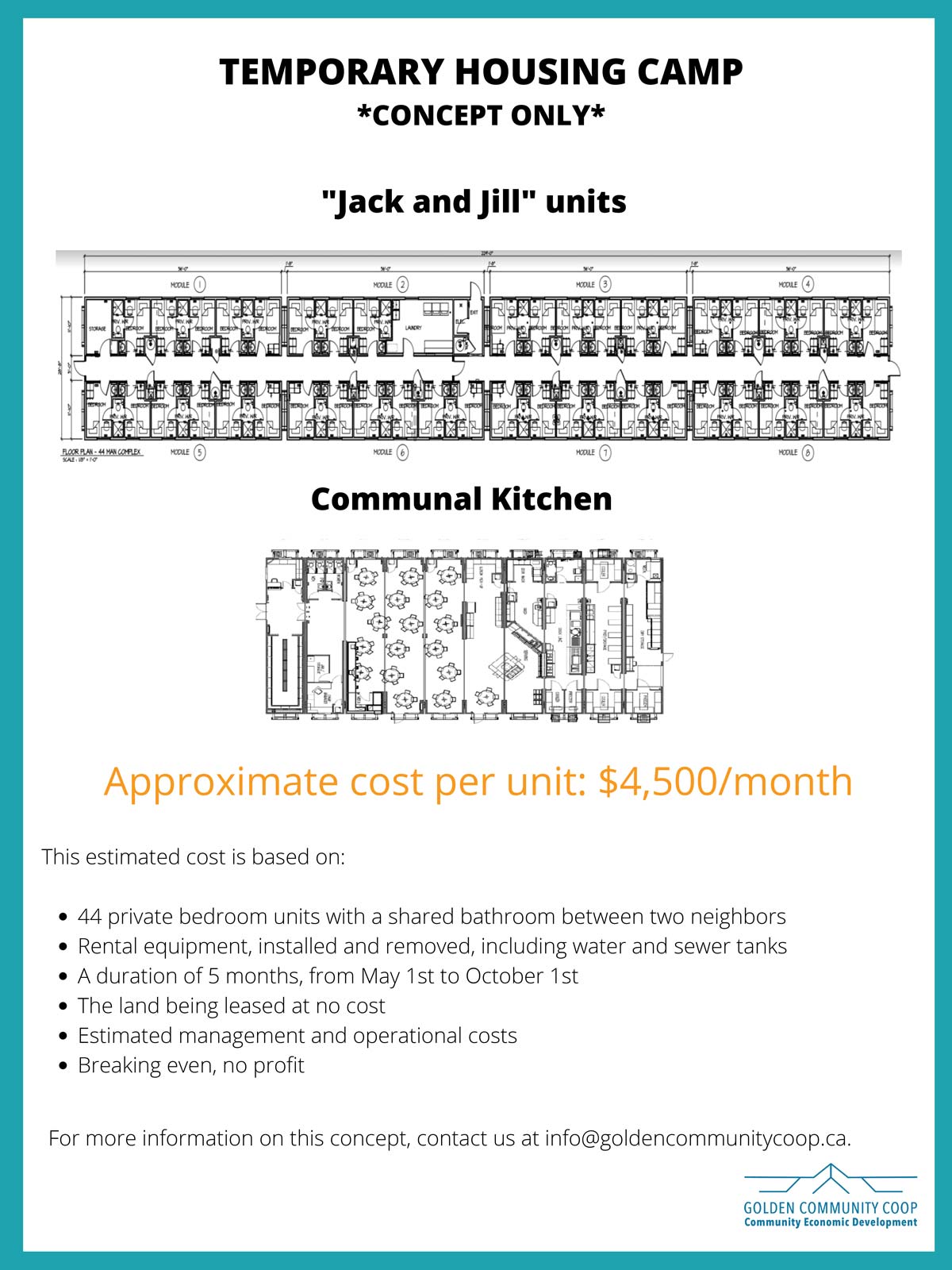Access to housing is vital to
community sustainability.

Housing

The housing continuum is not linear, nor a ladder. It is a fluid network of housing options that allow households to find and afford a home that meets their needs.
A household should be able to navigate this network of housing options as their lifecycle, and life circumstances, change over time – including in times of crisis. There is no final destination, or ideal location, along the housing continuum; it is simply intended as a framework to understand the range of possible housing types and tenures individuals may need during their lifetime.
When a household is unable to find and/or afford housing in a community that meets their needs, this signifies a housing gap along the housing continuum. Each source of supply along the housing continuum is interrelated, and constraints in any one supply type will impact others.

Downtown Housing Project
Golden CED is excited to be working on a mixed use commercial and resident restricted rental housing building in the downtown core. Find out more about the project:

Golden and Area Affordable Housing Strategy
Golden CED partnered with the Town of Golden and delivered a Housing Needs Report and Affordable Housing Strategy in 2021.
Some of the key findings:
- The Town of Golden is estimated to need up to 307 and Area A up to 255 net new housing units by the year 2028;
- Seasonal and low income workers, low to moderate income young adults and families, single-parents, people experiencing mental health issues are some of the ones experiencing the greatest challenges finding and affording housing;
- Some of the main housing gaps are: market and subsidized rental housing, and affordable homeownership opportunities.
Some of the Affordable Housing Strategy recommendations:
- There is a need to support the non-profit housing sector to access additional resources and capacity, towards ‘scaling-up’ to meet the existing and anticipated needs;
- There are potential opportunities to obtain capital funding for affordable housing projects;
- Municipally owned land could be used for affordable housing projects;
- Some town policies and regulations could be reexamined and refined (secondary suites, rental housing tax exemptions, affordable housing reserve fund, employee housing requirements, inclusionary housing, etc.);
- Some of the Municipal and Regional District Tax (MRDT) could be utilized for affordable housing;
- Compact housing forms could be considered;
- A shared equity homeownership program could be implemented;
- A living wage policy could be established.
To read the complete reports:

Temporary Housing Camp
We examined a short term solution to local labour shortages by providing temporary workforce housing. It turned out not to be financially feasible, but you can learn more below.

Housing Connector
On May 8, 2018 we hosted an educational community housing event. You can watch it below. Thank you to GDCF for their financial support for the event.




